Why does parsley turn yellow in the garden?
Sometimes summer residents wonder why the parsley planted on the site turns yellow. To identify the reasons for what is happening, you need to analyze the conditions in which the greens are grown. Most likely, mistakes in care, diseases or pests led to yellowing. If you try, the situation can always be corrected, and the experience gained will be useful when growing crops in the future.
Causes of yellowing leaves
Parsley is grown in the garden for the sake of juicy green leaves, which are a great addition to salads, appetizers, first and second courses. During the season, the crop can be sown several times, thus providing itself with vitamins throughout the summer. Surplus greens can be dried and frozen, storing them for future use. It is not surprising that summer residents are upset if the parsley suddenly turns yellow.
There are only four main reasons for this phenomenon:
- lack of moisture;
- lack of trace elements;
- diseases;
- pests.
If mistakes in agricultural technology are easy to correct, then the situation with diseases and pests is more complicated.
First you need to identify the culprit of the troubles that have arisen, and then process the plants. In advanced cases, spraying will have to be carried out several times until the result is obtained.
How to water properly?
To keep the leaves of parsley tender, juicy and green, it needs proper watering. This procedure is given increased attention even before the emergence of seedlings, because moisture is needed for seed germination. But in the future, plants should not be allowed to experience drought.
Watering rules:
- it is customary to water parsley every 3-4 days;
- in hot and dry weather, soil irrigation is carried out daily;
- the frequency of watering the crop is usually coordinated with the condition of the soil - it is necessary to add water when the top layer of the earth dries out
- during the rainy season, parsley is not watered.
If the plants become withered and have lost their green color, they should be watered a little more often or increase the amount of moisture introduced. At the same time, one must remember about a sense of proportion: culture does not like waterlogging.
How to feed if the parsley turns yellow?
Leafy varieties of parsley require mandatory introduction of nitrogen. It is this element that ensures good growth of green mass. At the initial stage of growth, nitrogen is also required for root varieties. Of course, one should not forget about the introduction of potassium and phosphorus, but the deficiency of nitrogenous compounds in the soil usually leads to yellowing of the foliage.
As soon as shoots appear, the parsley is thinned out and ammonium nitrate is added at the rate of 10 g per 1 sq. m. After 2 weeks, you need to feed the parsley with the same fertilizer again, reducing the concentration by 2 times.
The recommended dosage of fertilizers should not be exceeded: parsley tends to accumulate nitrates in its leaves.
In the future, nitrogen fertilizer is applied each time after cutting the greens.
It is important to remember that nitrogen is poorly absorbed by plants if the acidity of the soil exceeds 5.5 pH. The acidic earth must be limed. In addition to lime, dolomite flour, crushed chalk and eggshells reduce acidity.
Disease and pest control
In order for parsley to have good immunity, less often to be affected by pests and diseases, it is necessary to observe crop rotation, keep the site clean, choose resistant varieties for planting, and observe planting density. When problems arise, it is necessary to start treatment without delay.
Typical diseases and their treatment
Some diseases can cause discoloration of parsley leaves. Most often, the umbrella culture is affected by:
- Powdery mildew. The disease is caused by a fungus and has characteristic symptoms. A whitish bloom appears on the leaves, which later becomes covered with black dots of spores. In an advanced stage, the affected areas acquire a brown color, the leaves turn yellow and dry out. The spread of powdery mildew is facilitated by warm and humid weather.
- Septoria (white spot). The disease also belongs to the group of fungal infections. The mycelium infects leaves, petioles and stems. Symptoms appear as brown spots that fade after a while and acquire a brown border. At the final stage of the disease, black dots form in the center of the spots. The disease enters the active phase in the middle of summer, affecting the bushes from the bottom up. As a result, the plants turn yellow and wither.
- Rust. The fungus primarily affects the tops of the bushes. Rusty pads appear on the leaves. Gradually, the disease covers leaf petioles and stems. The infected bush turns yellow and dries up.
- Cercosporosis. When parsley is affected by this fungal disease, many small yellow spots appear on the leaves, which gradually turn brown and then brighten again. The fungus can infect the petioles and stems, forming depressions on them. Parsley, affected by cercosporosis, stops growth, turns yellow and withers.
- Black rot. The causative agent of the disease is also a fungus. In an infected plant, the root collar becomes blackened. As a result, the bush turns yellow and begins to dry out. In rainy weather, the leaves rot and become covered with a brown coating. The development of the disease is facilitated by high humidity and temperatures above + 28 ° C.
- Stolbur. The disease is viral in nature. Under the influence of the virus, the lower leaves of parsley turn yellow along the edge, then redness appears on the affected areas. In the future, the greenery stops growing, and its commercial qualities deteriorate. The causative agent of the disease is carried by insects. Stolbur appears at the end of July or a little later.
If the symptoms of the disease are detected on individual specimens, the plants are urgently disposed of.
With minor lesions, fungal diseases can be treated with folk remedies:
- The bushes are sprayed with a solution of kefir or milk whey, diluting the product with water in a 1: 1 ratio.
- Garlic infusion helps well against fungus. A glass of unpeeled garlic cloves should be chopped with a knife and covered with 10 liters of warm water. The remedy is infused during the day. After that, the composition is filtered and used for spraying. For better adhesion to the infusion, you can add 40 g of crushed laundry soap.
In advanced cases, you will have to use fungicides. It is better to give preference to biological preparations such as Fitoverm, Mikosan, Alirin-B. Be sure to read the information on the packaging of the selected drug about how long after spraying it will be possible to collect greens.
Getting rid of pests
Insects harm parsley by piercing the leaves and feeding on plant juices. As a result, the foliage turns yellow.
Most often, parsley is attacked:
- stem nematode;
- carrot flap;
- carrot fly;
- melon aphid.
You can notice the presence of pests by carefully examining the plants. Harm is brought not only by adults, but also by their larvae. If you do not start the fight in time, insects will quickly multiply and destroy the plantings.
Control measures:
- You can wash off aphids in small quantities by dousing the parsley with water from a hose.
- Tobacco dust helps well in pest control - it is scattered in the aisles.
- You can scare off the carrot fly by sprinkling the parsley with infusion of orange peels. A liter can of raw materials is poured with 10 liters of warm water and insisted for 5-6 hours.
- Onion husk infusion is effective against most pests. It is prepared from 200 g of dry raw materials and 10 liters of hot water. Infusion time - 12-15 hours.
- Dandelion infusion The leaves and roots of the plant (1 liter jar) are crushed and poured into 10 liters of warm water. After 3 hours, the infusion is ready for use.
In advanced cases, plantings are sprayed with Iskra or Fitoverm. As a preventive measure, plants with a strong odor are planted nearby - calendula, onions, garlic, marigolds.
It is easier to get rid of parsley from yellowing when color changes are just beginning to occur. In order for the greens to retain a fresh look, it is necessary to resort to preventive measures - to water and feed the plants in a timely manner, to prevent the appearance of weeds, to thin out the plantings, to grow plants that emit phytoncides in the neighborhood.
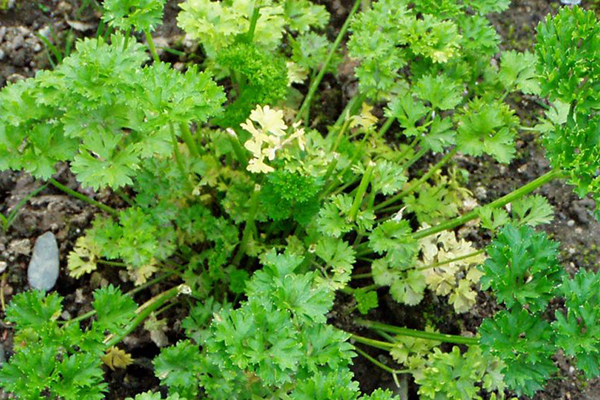
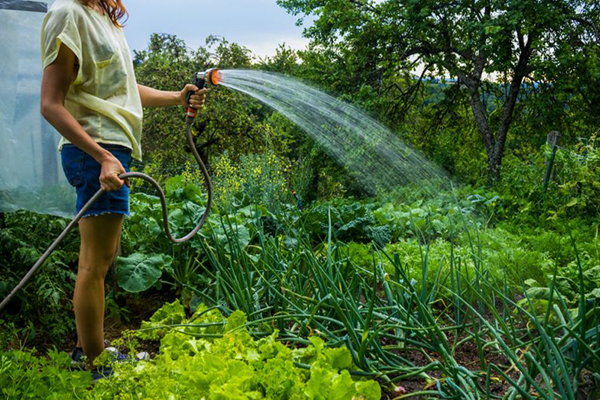
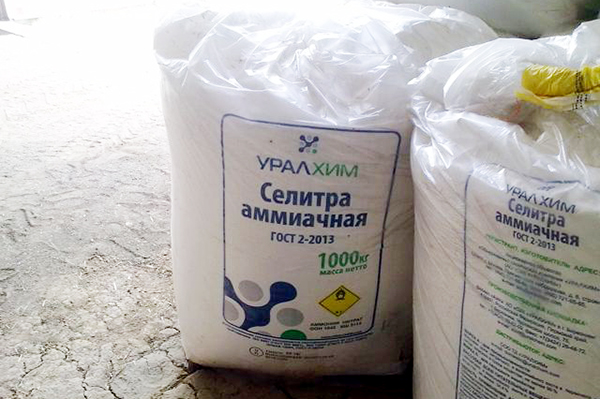
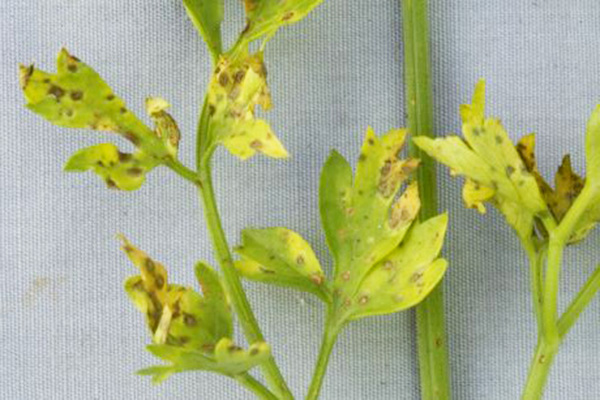


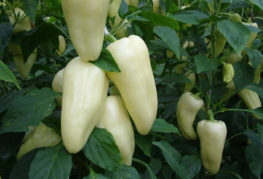

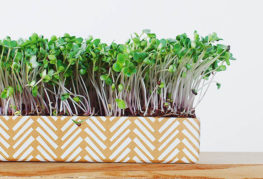
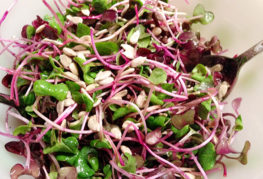

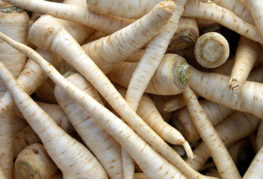
and will be published shortly.